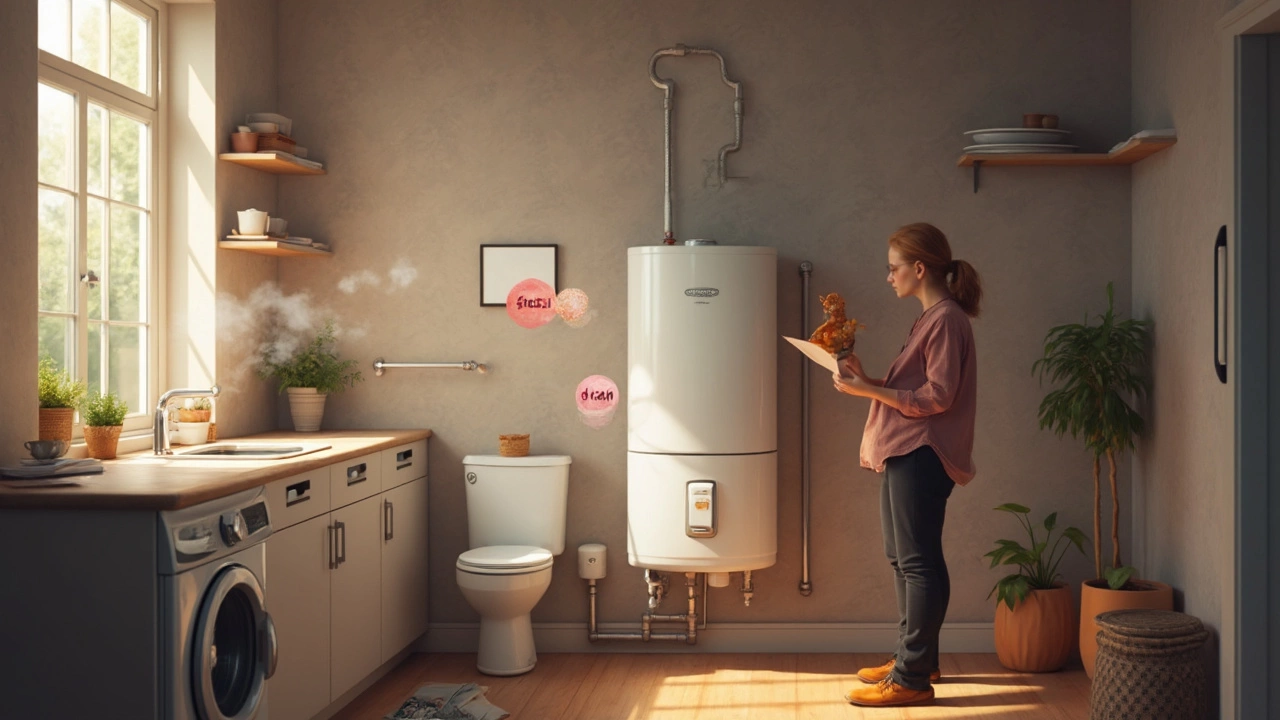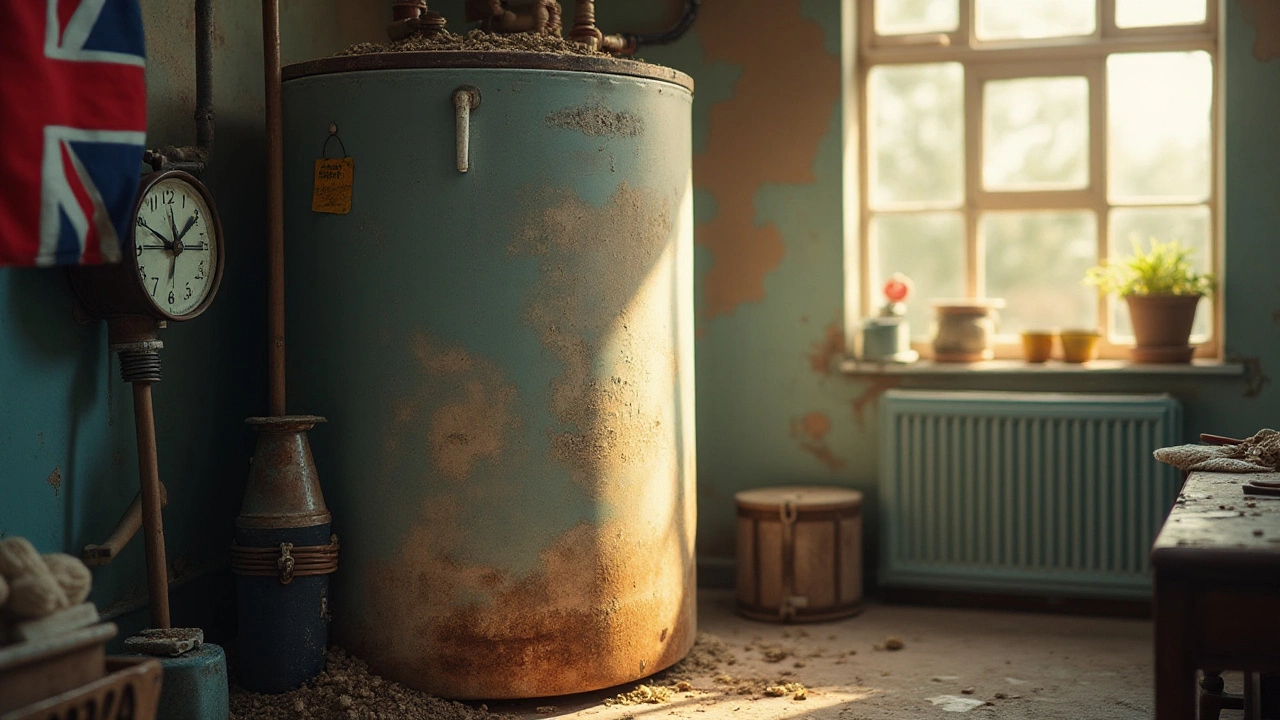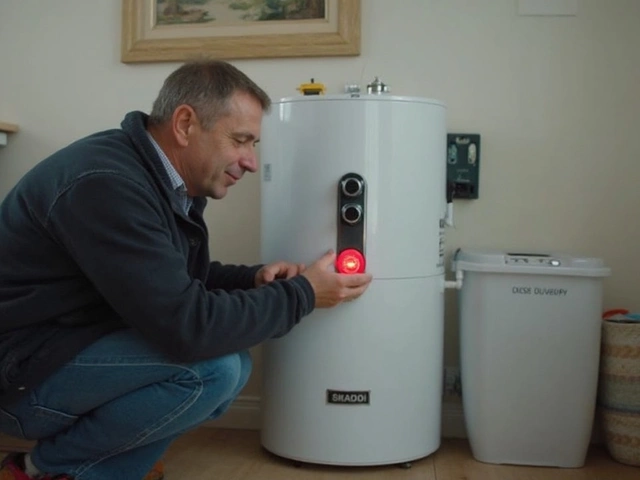Got a water heater that’s getting slower to heat up? Or a dishwasher that leaves a film on dishes? Most of these issues come down to one simple thing: sediment buildup. Flushing gets rid of that gunk, restores efficiency, and can add years to the life of your appliance.
Every time hot water runs, tiny mineral particles settle at the bottom of the tank. Over time they turn into a crust that blocks heat transfer. The heater works harder, uses more energy, and the water may start to smell or taste odd. The same idea applies to heat‑pump condensers, boiler heat exchangers, and even extractor fans that collect grease and dust.
Regular flushing does three things:
There’s no one‑size‑fit‑all answer, but here are some solid guidelines:
If you notice any of these signs – slower heating, strange noises, rusty water, or reduced airflow – flush right away, even if it’s not yet time.
All you need is a garden hose, a bucket, and a wrench. Turn off the power or gas, shut the cold‑water inlet, attach the hose to the drain valve, and let the water run until it’s clear. Then open the inlet valve to let fresh water flush out any remaining debris. The whole process takes about 30 minutes.
Safety tip: always let the tank cool for at least an hour before you start. Hot water can scald you.
For a dishwasher, run an empty hot‑cycle with a cup of white vinegar on the top rack. This removes mineral film and foul odors. For a heat‑pump condenser, turn off the power and spray the coils with a garden hose, being careful not to damage fins. A quick brush‑off of extractor fan blades followed by a vacuum of the housing keeps grease from building up.
Regular flushing doesn’t have to be a nightmare. Set a reminder on your phone, keep a small checklist, and you’ll notice lower bills and fewer breakdowns. If you ever feel unsure – especially with gas‑fuelled appliances – calling a qualified technician is the safest route.
Bottom line: flush often, flush correctly, and your home will run smoother for years to come.

Wondering if you should flush or just drain your water heater? This article breaks down the difference, when each method makes sense, and what actually helps your water heater last longer. You'll find practical advice, simple tips, and a few things even pros forget. Discover the truth about tank cleaning—without the jargon or confusion. Your next maintenance day just got a lot less stressful.

Neglecting to flush your water heater can lead to a host of issues, from inefficiency to full-blown malfunctions. Sediment buildup can decrease heating efficiency and even cause damage over time. This article explores what happens if you never flush your water heater, why regular maintenance is crucial, and how you can perform these tasks. Dive into practical advice and tips for maintaining a healthy water heating system.

Wondering if you can change your kitchen extractor fan yourself? This guide covers steps, safety, tools, common mistakes, and installation tips for a smooth DIY experience.

Discover how to ensure your water heater is in proper working condition with this detailed guide. Learn to identify signs of malfunction, perform essential maintenance tasks, and understand common issues that may arise. Whether it's electric or gas, having a reliable water heater is crucial for every home. Keep your heater running smoothly with practical and safety-focused advice.

Got an electric oven that's not heating? Discover the most common issues, why they happen, and how you can fix or prevent them without calling a pro.

Ever wondered why you end up pushing that red reset button on your water heater over and over? This article digs into exactly what the reset button does, why it keeps tripping, and what can go wrong if you keep hitting it. Get clear answers about hidden water heater issues and learn simple steps to protect your system—and your wallet. We’ll walk you through warning signs, smart troubleshooting tips, and when it’s time to call a pro. No tech jargon, just straight talk for anyone tired of cold showers.

Who pays for boiler maintenance? Landlords must cover it for tenants. Homeowners pay for everything. Warranties don't cover servicing. Annual checks are legally required and save lives.